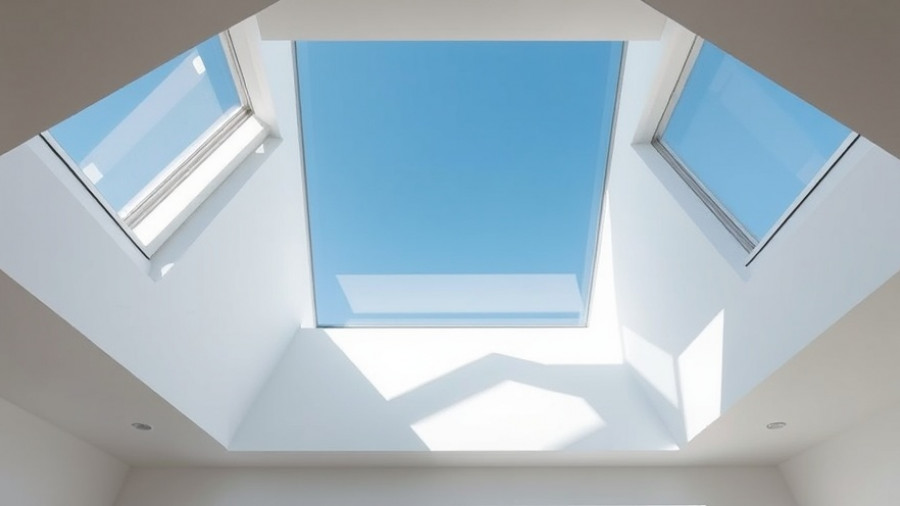
Transform Your Kitchen: A Comprehensive Guide to Tiling
Tiling a kitchen wall is one of the most satisfying DIY projects any homeowner can undertake. Not only does it breathe new life into your kitchen, but tiles also provide a practical solution, guarding against spills, splashes, and stains that are inevitable in a busy cooking space. Whether you're refreshing a small area or planning a full wall makeover, this guide offers you everything you need to know to achieve a beautiful and professional appearance.
Why Choose Tiles? The Multifaceted Benefits
Tiles have long been a popular choice in kitchens, particularly in the UK, and it’s clear why. They come with a multitude of benefits that justify their popularity. First and foremost, tiles are durable. They can withstand moisture and grease, making them perfect for cooking areas. Moreover, they are incredibly easy to clean, allowing homeowners to quickly wipe away any dirt or grime.
Another major advantage is the vast array of styles available. From classic subway tiles to contemporary mosaic designs, there's something to match every kitchen aesthetic. Additionally, a well-tiled kitchen can boost property values — an attractive feature for potential buyers. The waterproof barrier created by tiles also protects walls from steam and splashes, extending the lifetime of your kitchen structure.
Gathering the Right Tools and Materials
Before diving into your tiling project, it’s essential to prepare adequately. Having all the necessary tools and materials at your fingertips will make the process smoother and more enjoyable. Below is a checklist of what you will need:
- A bucket
- Drill
- Tape measure
- Permanent marker
- Trowel
- Grout float
- Sponge
- Tile cutter
- Roller and tray
- Tile saw
- Silicone (and gun)
- Tiles of your choice
- Adhesive
- Grout
- Surface primer
- Tile edging
Arming yourself with these essential tools will set you up for success!
Preparation is Key: Setting Up Your Space
Proper preparation can make or break your tiling project. Start by clearing the area of all appliances and fixtures that might get in the way. Then, clean the wall thoroughly, ensuring it's free of grease and dust. If there are any uneven spots, repair them with filler before proceeding.
Mark the area you plan to tile using a pencil and tape measure, and protect your countertops and floors with a dust sheet to minimize clean-up later.
Knowing Where to Start: The Right Launch Point
Choosing where to begin tiling is crucial for an aesthetically pleasing result. Starting from a central or highly visible area, such as by a large appliance, allows for a more balanced look. Use a spirit level to draw a horizontal line that serves as a guide for the first row of tiles.
This step is essential, as it ensures the alignment remains straight as you progress. Fixing a wooden batten along this line will keep everything in order and avoid tile slippage.
Applying Adhesive: The First Step of Tiling
Using a notched trowel, apply the adhesive to a small section of the wall—no more than one square meter at a time. Holding the trowel at a 45-degree angle will create the necessary ridges for the tiles to adhere securely. Always double-check that you're using the correct adhesive suitable for your tile type.
Placing the Tiles with Precision
Press each tile firmly into the adhesive, giving a slight twist to release air bubbles. Insert tile spacers between the tiles to maintain consistent gaps for grout. Continue this process, checking the level regularly, and adjusting as needed. If a tile slips, it's crucial to fix it promptly before the adhesive sets.
Grouting Your Tiles: The Finishing Touch
Once your tiles are in place and have cured (usually about 24 hours), it's time to grout. Carefully push the grout into the joints with a grout float, and clean away excess grout with a damp sponge. Using a piece of paper towel to rub the grout lines makes cleaning much easier and ensures a professional finish.
Common Challenges and Solutions
Even seasoned DIYers can encounter hiccups while tiling. For instance, walls may not be perfectly straight, which can throw off alignment. A suggestion for these instances is to use creative solutions such as adding molding or adjusting the design to draw the eye away from less-than-perfect areas. Always remember, patience pays off, and every mistake is a learning opportunity!
Your Kitchen Awaits: Take On This DIY Challenge
Tiling your kitchen wall is an engaging project that not only enhances your cooking space but also gives you a profound sense of accomplishment. Remember, the journey of DIY tiling is all about learning and improving with each attempt. So, roll up your sleeves, gather your tools, and transform your kitchen into a beautiful, functional space.
For further DIY inspiration and homeowner tips, stay connected to your local community updates and explore more home improvement guides!
 Add Row
Add Row  Add
Add 




Write A Comment